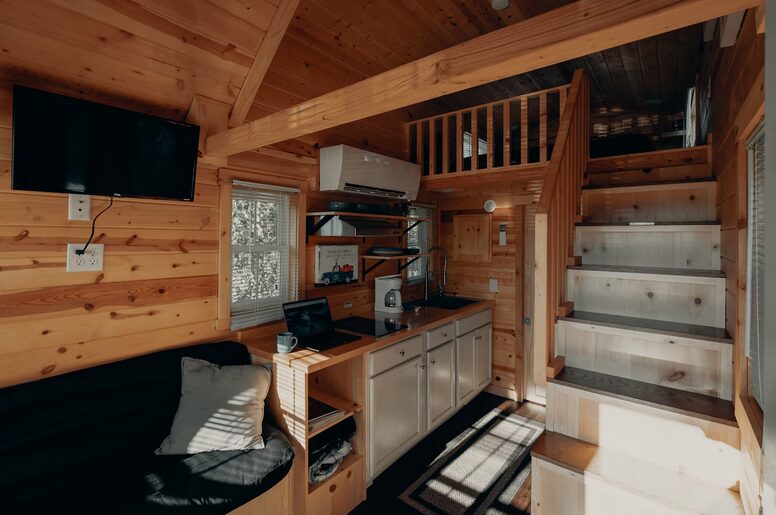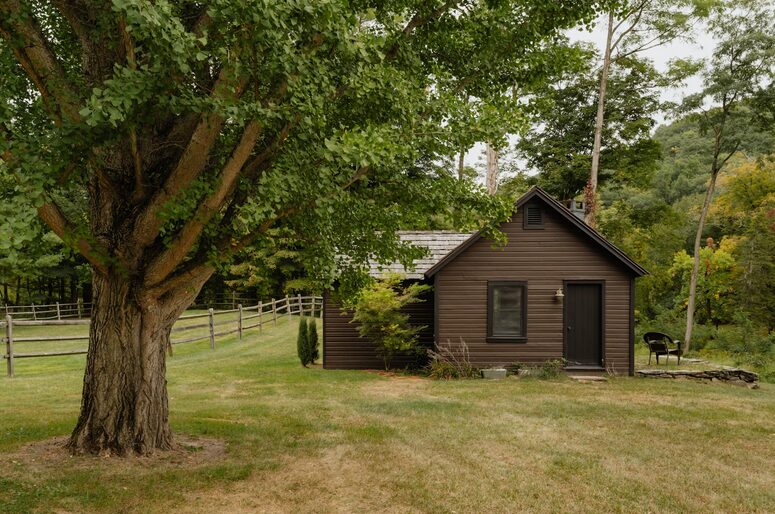In a world where “bigger is better” seems to rule the roost, the tiny house movement is like a refreshing splash of cold water on a hot summer day. Picture this: a home that fits in the space of a parking spot, yet somehow manages to contain all the joy and functionality of a traditional house—minus the stress of a 30-year mortgage! Tiny homes, usually 100 to 400 square feet, challenge our ideas about space and lifestyle. They invite us to rethink what we genuinely need and encourage us to embrace simplicity. As more brave souls choose to downsize their living quarters, they discover many benefits, from financial savings to newfound freedom. So, grab your measuring tape, and let’s explore the top perks of living large in a tiny house!
Financial Freedom
One of the most significant benefits of tiny house living is the potential for financial freedom. Traditional homes often come with hefty mortgages, property taxes, and maintenance costs, which can lead to a lifetime of debt. In contrast, tiny houses are generally more affordable, allowing owners to purchase them outright or finance a smaller loan. With reduced housing expenses, many tiny home dwellers can allocate funds toward experiences rather than possessions, such as traveling, education, or pursuing hobbies. This financial flexibility fosters a sense of security and allows individuals to invest in what truly matters to them.
Less Clutter, More Clarity

Living in a tiny home naturally encourages a decluttered lifestyle. With limited space, residents must be intentional about their belongings, leading to a more organized and peaceful living environment. This reduction in physical clutter often translates to mental clarity, as individuals are less distracted by excess possessions. Many tiny home dwellers report feeling more focused and present as they prioritize experiences and relationships over material goods. By simplifying their lives, they gain a newfound appreciation for the essentials and find joy in the freedom of letting go of the unnecessary.
Environmental Sustainability
Tiny house living aligns closely with sustainable practices, making it eco-friendly. Smaller homes consume fewer resources, from construction materials to heating and cooling energy. Many tiny houses are constructed with sustainable materials and designed to minimize their carbon footprint. The smaller living space also encourages residents to adopt energy-efficient appliances and practices, such as solar power and composting. This commitment to sustainability benefits the environment and fosters a sense of responsibility and connection to the earth.

Enhanced Quality of Life
Finally, living in a tiny house often leads to an enhanced quality of life. With fewer distractions and a focus on what matters, residents find more time to engage in meaningful activities, whether it’s spending time with loved ones, pursuing hobbies, or connecting with nature. The simplicity of tiny living encourages a lifestyle centered around experiences rather than possessions, promoting mindfulness and contentment. Many small home dwellers report feeling happier and more fulfilled as they prioritize relationships and personal growth over the pursuit of material wealth.
The tiny house movement offers a powerful antidote to the chaos of modern life, inviting individuals to embrace minimalism and the freedom it brings. By downsizing their living spaces, many are discovering the profound benefits of financial freedom, mental clarity, environmental sustainability, and an enhanced quality of life. As more people consider this lifestyle shift, they find themselves on a journey toward intentional living, where the focus shifts from accumulating possessions to cherishing experiences and relationships. In a world that often encourages excess, tiny house living is a testament to the beauty of simplicity and the freedom of embracing a minimalist lifestyle.

